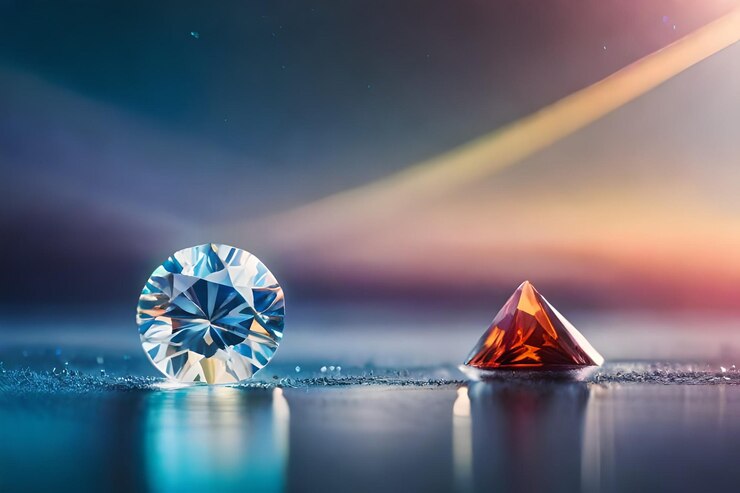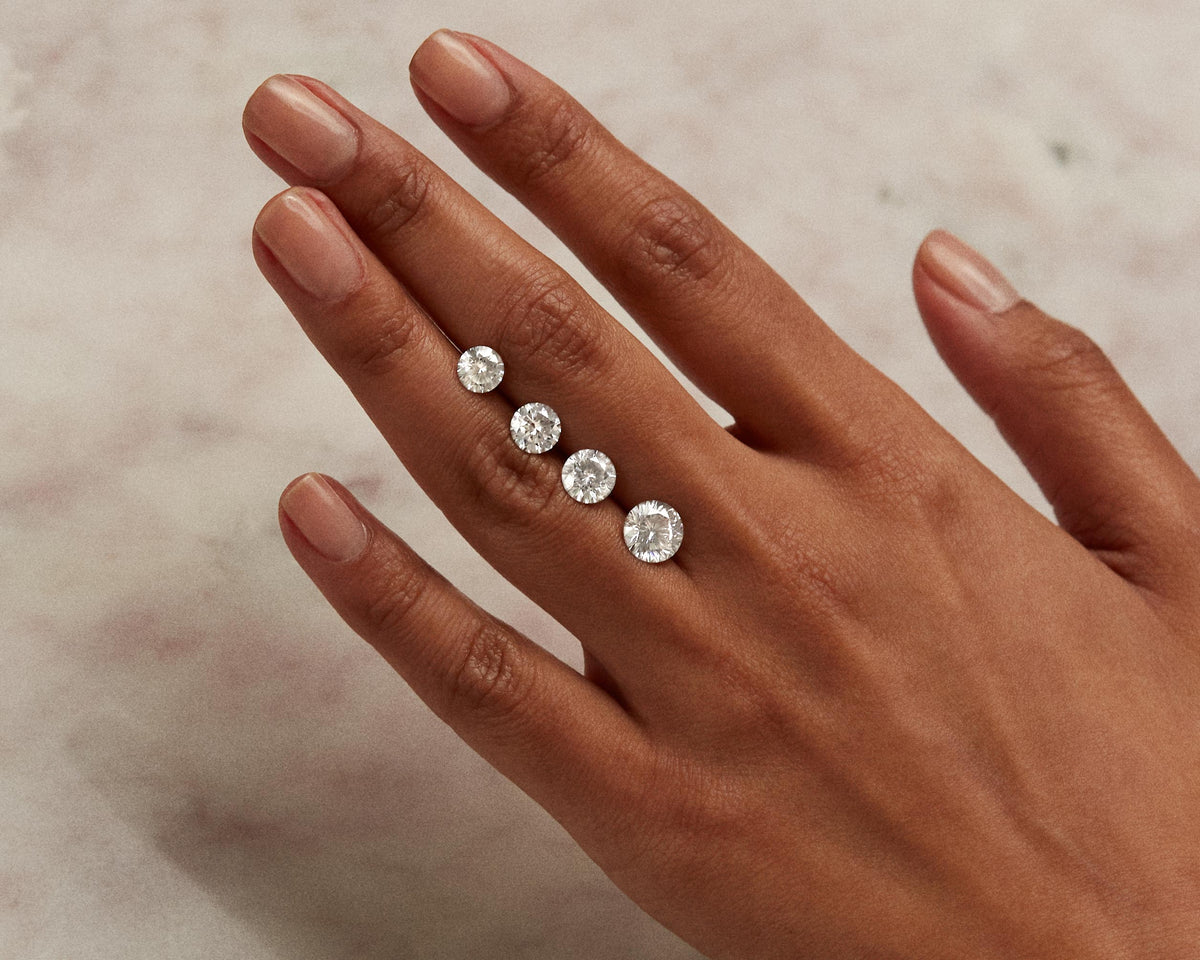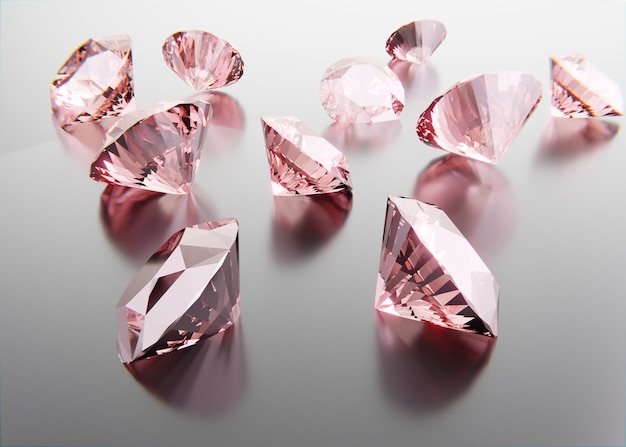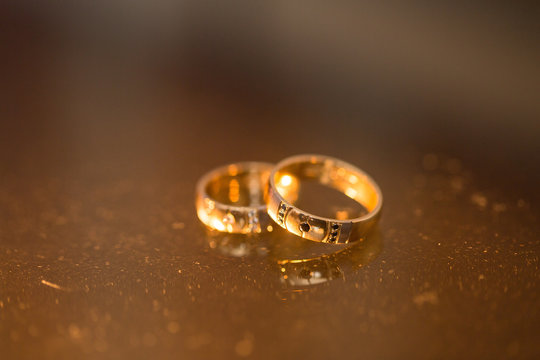
Diamonds, often touted as a girl’s best friend, captivate with their timeless allure and sparkling brilliance. But what truly sets these precious stones apart is their cut. In this comprehensive guide, we’ll delve into the world of diamond cuts, exploring their history, popular styles, and factors influencing their brilliance.
1. Introduction
Diamond cuts serve as the architectural blueprint for a diamond’s brilliance and fire. Each cut enhances the stone’s natural beauty, unlocking its full potential to dazzle admirers. In this section, we’ll provide a brief overview of diamond cuts and why they’re crucial in the realm of gemstones.
2. History
The journey of diamond cutting traces back thousands of years, evolving from rudimentary techniques to intricate craftsmanship. From the ancient Indian “Rose Cut” to the modern “Ideal Cut,” the history of diamond cutting is a testament to human ingenuity and artistry.
3. Popular Cuts
Round Cut
As the most popular and timeless choice, the round cut diamond embodies elegance and sophistication. Its symmetrical shape maximizes light reflection, resulting in unparalleled brilliance and sparkle.
Princess Cut
For those seeking a contemporary flair, the princess cut offers a modern alternative. With its square shape and faceted brilliance, this cut exudes a distinctive charm, making it a favorite for engagement rings.
Emerald Cut
The emerald cut, characterized by its elongated shape and step-cut facets, exudes understated luxury. Renowned for its clarity and sophistication, this cut emphasizes the diamond’s natural beauty and purity.
Asscher Cut
Inspired by the Art Deco era, the Asscher cut boasts a distinctive square shape and mesmerizing facets. Its vintage allure and geometric precision make it a sought-after choice for vintage-inspired jewelry.
4. Fancy Cuts
Heart Cut
Symbolizing love and romance, the heart cut diamond is a timeless symbol of affection. Its distinctive shape and brilliant facets make it a popular choice for sentimental occasions.
Marquise Cut
The marquise cut, with its elongated shape and tapered points, creates a dramatic and elegant silhouette. Ideal for those seeking a unique and eye-catching design, this cut elongates the finger and enhances perceived size.
Pear Cut
Combining the best of the round and marquise cuts, the pear cut dazzles with its teardrop shape and brilliant facets. Versatile and sophisticated, it adds a touch of glamour to any jewelry piece.
5. Factors Affecting Cuts
Brilliance
Maximizing brilliance is paramount in diamond cutting, as it directly impacts the stone’s sparkle and allure. By optimizing proportions and facet alignment, diamond cutters enhance the stone’s light performance and overall beauty.
Shape
The choice of diamond shape significantly influences its appearance and character. Whether opting for a classic round cut or a fancy shape, each design imparts a distinct personality to the diamond, reflecting the wearer’s style and preference.
Carat Weight
While carat weight is a crucial consideration in diamond selection, it’s essential to balance it with cut quality. A well-cut diamond can appear larger and more brilliant than its carat weight suggests, making cut quality a vital factor in achieving maximum value and beauty.
6. Diamond Cut Grading
Diamond cut grading systems, man made diamonds, such as the GIA’s cut grading scale, provide consumers with valuable insights into a diamond’s cut quality. By assessing parameters such as polish, symmetry, and proportions, these grading systems help buyers make informed decisions when selecting diamonds.
7. Conclusion
In conclusion, diamond cuts play a pivotal role in determining a diamond’s beauty, brilliance, and overall value. From classic round cuts to exotic fancy shapes, each style offers a unique expression of elegance and sophistication. By understanding the intricacies of diamond cuts and their influence on a stone’s appearance, consumers can make informed choices when selecting the perfect diamond for their special occasions.

![[pii_email_be1614e4e2be97ee7820] [pii_email_be1614e4e2be97ee7820]](https://pqrnews.com/wp-content/uploads/2021/01/pii_email_b4969755ef6881519767-696x392.png)




